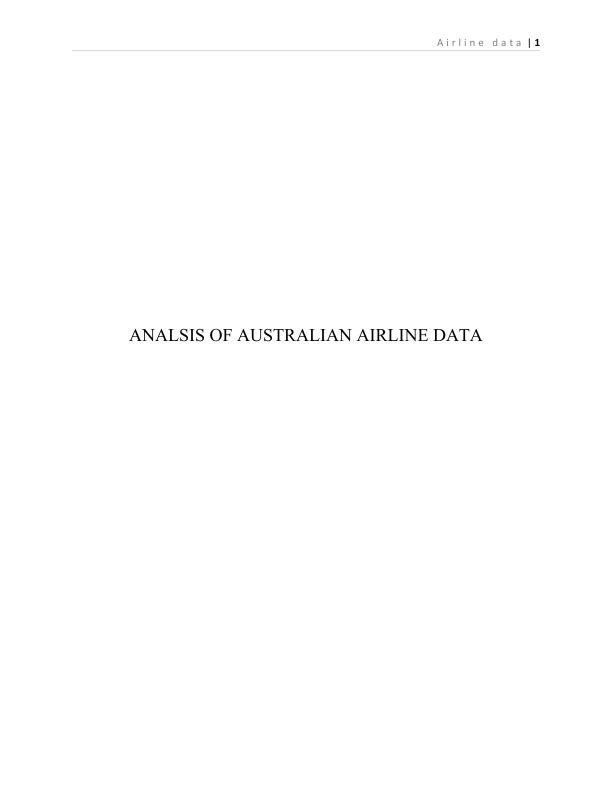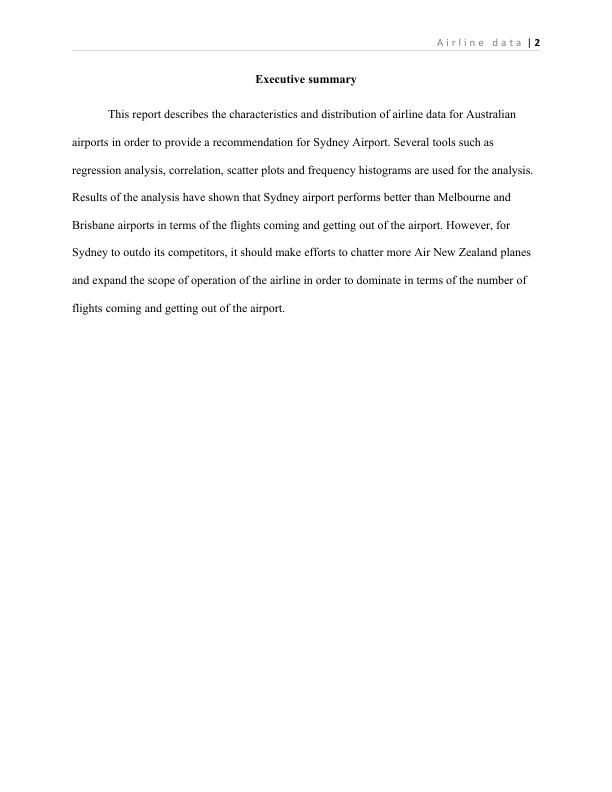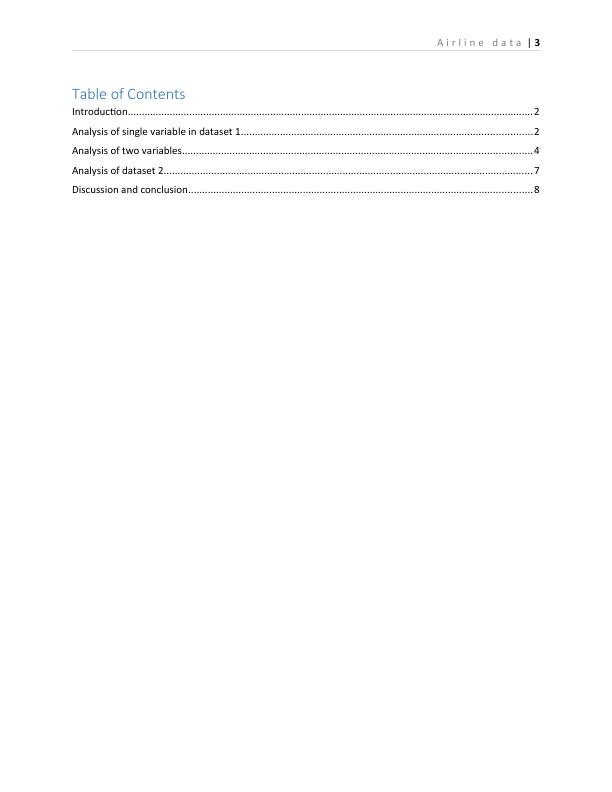Analysis of Australian airline data
Added on 2022-05-25
12 Pages1638 Words50 Views
End of preview
Want to access all the pages? Upload your documents or become a member.
Evaluating Airlines Frequencies and Passenger Satisfaction of Australian International Airports
|10
|2222
|238
Analysis of Aviation Industry in Australia
|9
|1558
|411
Analysis of International Flights in Australia
|9
|1734
|256
Comparison of Sydney, Brisbane and Melbourne Airports with Air New Zealand, Cathay Pacific and Singapore Airlines
|18
|2001
|490
Airline Analysis
|8
|1185
|306
Applied Quantitative Methods Solutions
|12
|2070
|487



